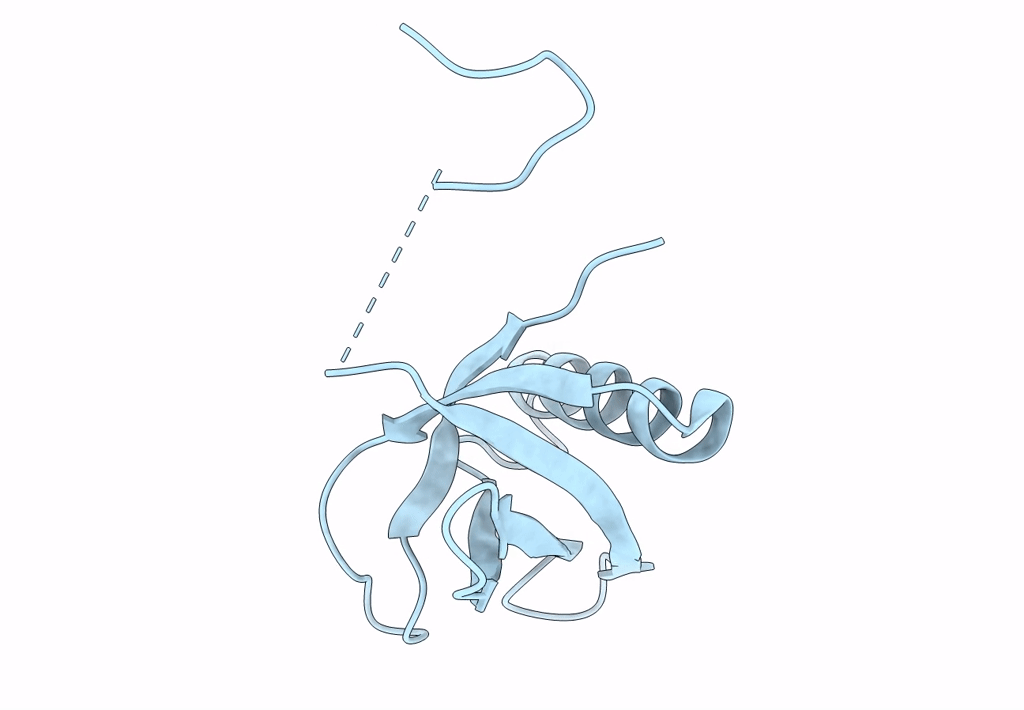
Deposition Date
2022-04-10
Release Date
2023-02-01
Last Version Date
2024-05-29
Entry Detail
PDB ID:
7XHS
Keywords:
Title:
Crystal structure of CipA crystal produced by cell-free protein synthesis
Biological Source:
Source Organism:
Photorhabdus (Taxon ID: 29487)
Host Organism:
Method Details:
Experimental Method:
Resolution:
2.11 Å
R-Value Free:
0.22
R-Value Work:
0.18
R-Value Observed:
0.19
Space Group:
I 4


